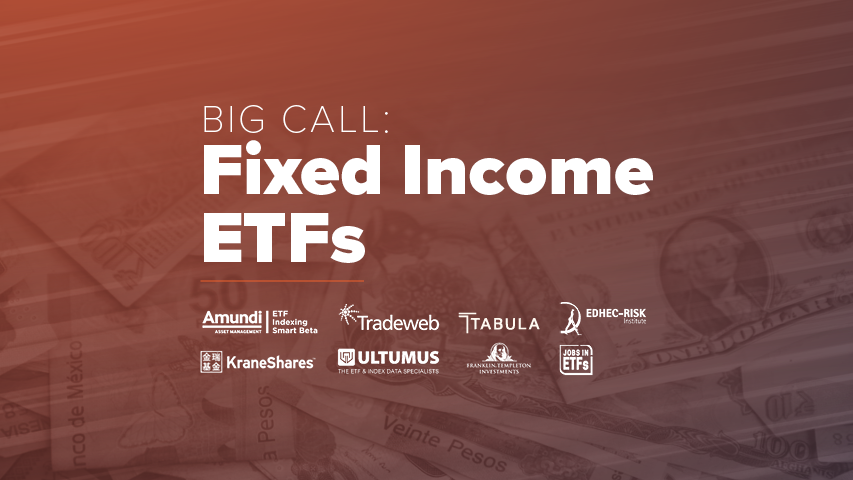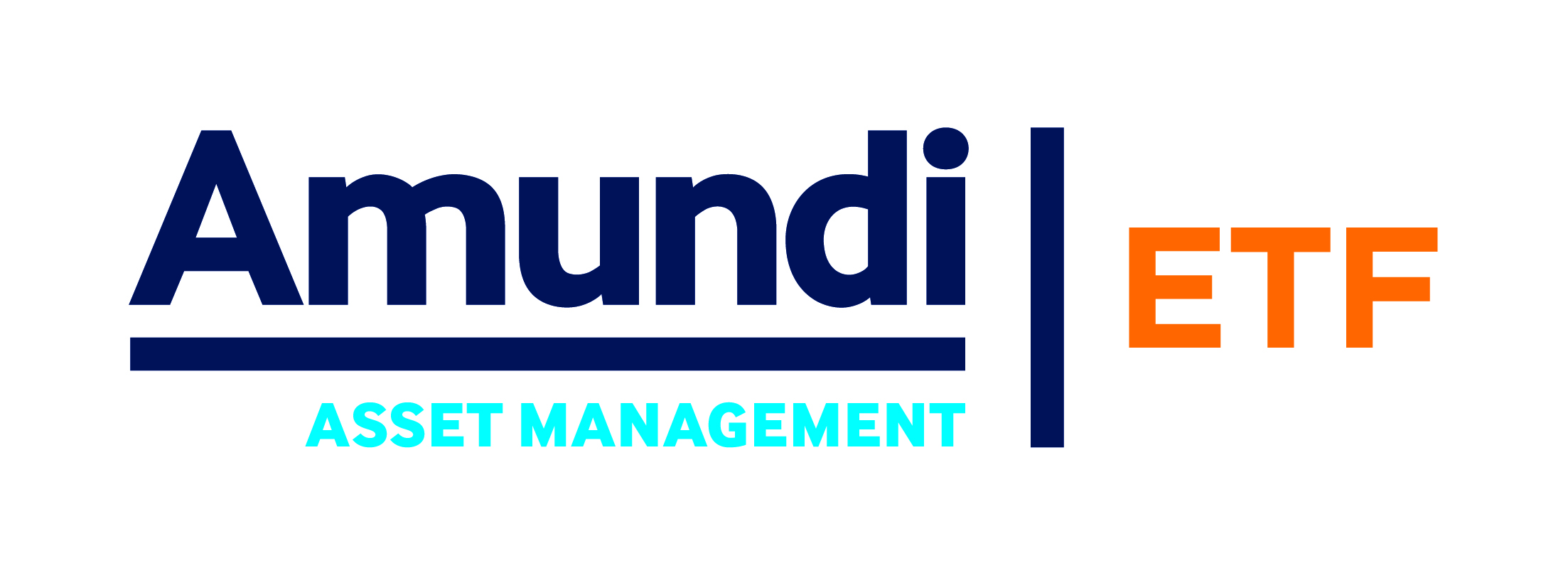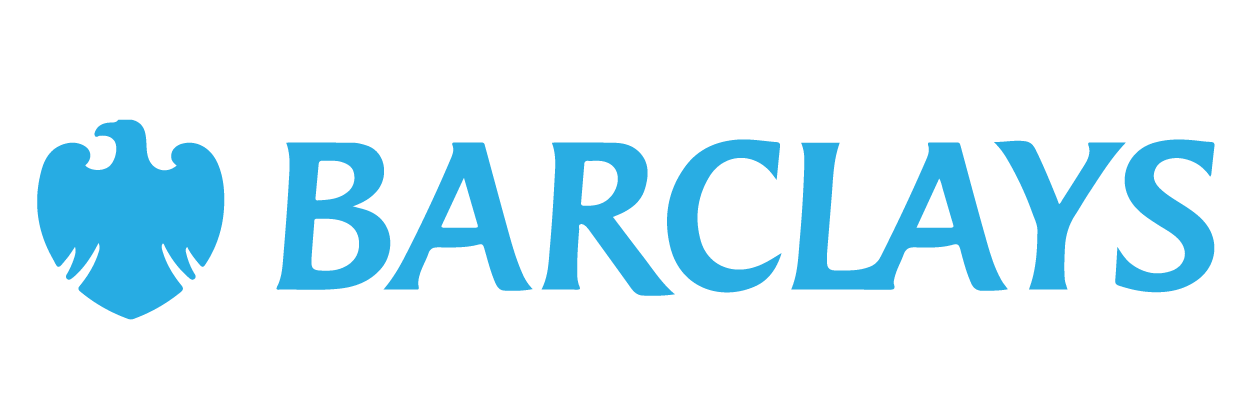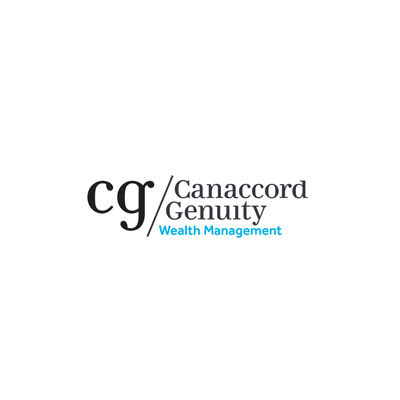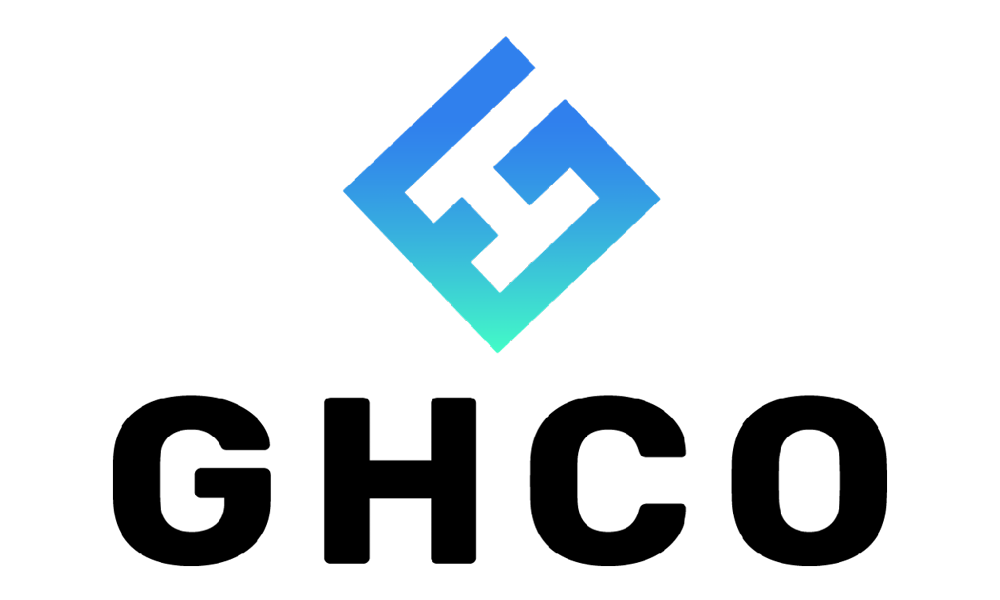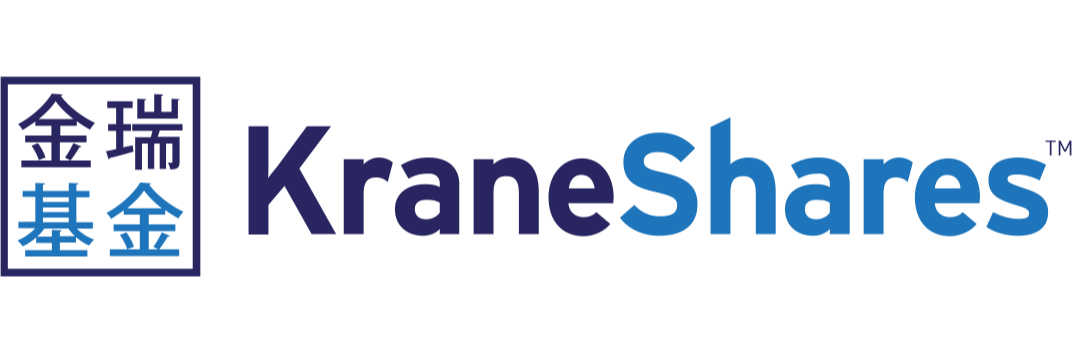ETF Stream’sBig Call: Fixed Income ETFs event focused on how the asset class has developed within the European ETF market as well as how the ETF wrapper successfully passed the final test during the extreme volatility earlier this year.
The Chinese bond market, given its size, was frequently discussed as an interesting and opportunistic space for investors. Notably since its inclusion in flagship global indices by Bloomberg and FTSE Russell which hopes to improve the accessibility to the world’s second largest bond market behind the US.
Furthermore, following the volatile periods experienced in the first quarter of 2020, fixed income ETFs were put to the test when a large portion of products was trading at significant discounts. While critics questioned the true liquidity of these ETFs, others highlighted the price discovery role they played arguing this was the final test the investment wrapper needed to face before truly being accepted by the wider investment industry.
The event started with a keynote presentation by Michael John Lytle, CEO of Tabula Investment Management, who discussed the opportunities available to investors within fixed income noting the asset class nearly accounts for 30% of total assets in the $1.1trn European ETF market.
There are a number of challenges fixed income indexation still faces, according to Lytle, including the complexity of the asset class, limited liquidity and price transparency as well as generic benchmarks typically with thousands of constituents.
Lytle called for improved tools for precise asset allocation, such as long/short corporate credit without interest rate risk, as well as access to alternative sources of return and innovative approaches to common concerns.
Lytle concluded by highlighting the importance of ESG regardless of the asset class. Tabula has signed into the PRI earlier this year along with several other initiatives within the ESG space and will be looking to launch something in the near future.
Next up was an interview with CrossBorder Capital’s CEO Michael Howell who touched on the contributing factors to the global markets including China and its ageing population.
Howell said China faces an ‘enormous challenge’ having an ageing demographics that looks a lot worse compared to much of the advanced economies in the west. In response to this, China is building its foreign assets.
China is also trying to stabilise its financial system now rather than later, Howell continued, given the debt problem with much of its domestic business and shadow banks having ‘much of the reign’ over the past 10 years.
The US dollar was a talking point for this event again given the timing of the US presidential election and the potential overvalue of the currency. Howell suggested a factor for the greenback's climb in value over the last decade is how foreign investors have sought haven in the US market because of the liquidity of treasury bonds.
While the value of gold is likely to go up because of monetary inflation, the value of emerging market and European currencies are not likely to climb given their respective climates.
Following this interview was the first panel discussion with Dr. Xiaolin Chen of Kraneshares, Jean-Paul Jaegers of Barclays Investment Solutions and John Leiper, CIO at Tavistock Wealth. Discussing investors' search for yield, China was once again brought up following the significant volume of inflows into ETFs with this exposure.
Chen pointed out that Chinese government bonds offer reasonable diversification against much of the developed markets such as the US and Germany due to its negative correlation. Additionally, it offers tax benefits to international investors which makes it a market ‘too big to ignore’.
Leiper agreed that it cannot be ignored having included a Chinese government bond ETF in his portfolio. Furthermore, he added the integration of China within capital markets is probably going to be one of the biggest shifts in our lifetimes.
Elsewhere, central banks have been playing a key role within bond markets and none more so than the European market. While there is less room for policy rates to sink much further than where they already are, in theory, central banks could still be doing more, according to Jaegers. He highlighted the possible introduction of yield curve control, deeper negative interest rates or helicopter money could all be implemented.
The next panel discussion dissected the ETF wrapper within the fixed income asset class, particularly during the period of heightened volatility in March this year. Tradeweb’s Adriano Pace, GHCO’s Daniel Izzo and Alan Moreira of University of Rochester all eluded to how the vehicle did not perform differently to how it was expected to.
Pace recalled how Tradeweb’s ETF daily trade volumes jumped from €1.6bn on average to roughly double that as markets deteriorated. Additionally, the proportion of fixed income ETF trading activity jumped from 35% to 40-50%. However, there was a deterioration of liquidity in some areas as there was an overreliance on a smaller pool of liquidity providers.
Tradeweb’s Pace: Secondary market ETF volumes improving in Europe
Izzo was experiencing a similar situation but added the net asset value (NAV) for the fixed income ETFs was being calculated off the last trading price of the underlying bonds which had stopped trading and meant that explained why NAVs had become stale. As a result of the ETF continuing to trade, albeit, at an accurate discount of the stale NAV prices, the redeemed bonds the following day are forced to trade meaning the new NAV would be in line with the ETF price trading the previous day.
Giving an example, Moreira added how Vanguard had a mutual fund and an ETF with the same basket of underlyings. However, when volatility hit, the mutual fund was down 6% while the ETF was down 12%, meaning there was an arbitrage opportunity of 6%.
The final panel which was moderated by Cerulli Associates’ Fabrizio Zumbo discussed the increase in demand for fixed income ETFs. Jason Xavier, head of EMEA ETF capital markets at Franklin Templeton, believed the sell-off in equities earlier this year meant investors were seeking haven in fixed income ETFs like short-dated fixed income and money markets. He highlighted how the Franklin Liberty Euro Short Maturity UCITS ETF (FRXE) saw inflows as investors were looking for protection that did not include holding on to cash as you might see in money markets.
This year marked the twentieth anniversary for ETFs meaning the wrapper was still relatively new and untested. Xavier mentioned the speculations in 2019 that said ETFs would be the cause of the next global crisis, however, a pandemic was the case and ETFs in fact passed this test successfully.
ESG was another topic of interest within this panel as Irene Bauer, founding partner and CIO at Twenty20 Investments, was calling for a global standard within the strategy. Some may say that it is good to have a variety of options however Bauer’s argument is that there are three companies that provide credit ratings but there is a global understanding of what those credit ratings mean.
Big Call: Emerging Markets: China and coronavirus dominate discussions
While there are multiple ways of integrating ESG into investment strategies, Jordan Sriharan of Canaccord Genuity Wealth Management believes some methods are easier than others. Exclusionary and inclusionary are relatively straight forward but impact investing becomes slightly more complex. And adding to Bauer’s point of there being multiple interpretations of ESG, these integration methodologies are not being enabled to grow the ESG market as there is not a framework currently in place.
Closing out the event was a keynote by Riccardo Rebonato, professor of finance at EDHEC-Risk Institute, and Matthieu Guignard, global head of product development and capital markets at Amundi ETF, that covered the findings of a recent survey by EDHEC-Risk Institute.
In response to why investors do not use fixed income smart beta products, the risk premia not being sufficiently documented in literature was the most popular answer with 39%. Furthermore, the survey respondents scored the integration of ESG into smart beta strategies the most highly in response to future developments within this area.
Guignard concluded by saying how ESG has been the biggest them this year, both in equities and fixed income. Every meeting with Amundi clients will include some conversation surrounding ESG, he said, be it for regulatory reasons and ethical or philosophical reasons.
Finally, ETF Stream would like to say a massive thank you to all the speakers and attendees who contributed invaluable insight around a very relevant and important topic within the broad market and ETF landscape. Additionally, thank you to the sponsors who helped make the event such a success.
